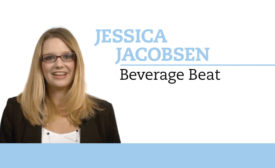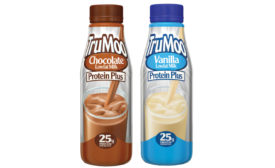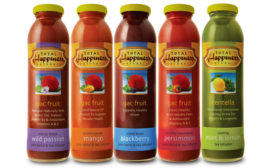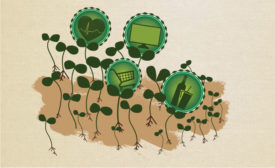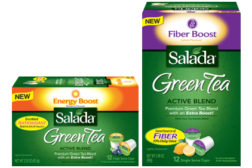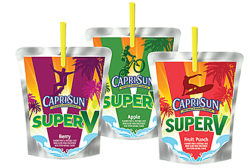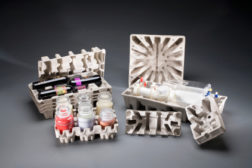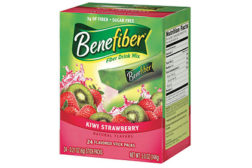Home » fiber
Articles Tagged with ''fiber''
Extracts, flavor suppliers achieve ingredient approvals
Read More
Functional beverages influencing millennials
Fiber, protein fortification support new beverage launches
November 16, 2015
Performance beverages show growth potential through 2019
Beverage-makers use ingredients that support endurance and recovery
October 12, 2015
Fiber options help beverages become ingredient delivery vehicles
Ingredient suppliers experiment with prebiotic, probiotic blends
May 15, 2015
Customized messaging appeals to baby boomers
Health and wellness, leveraging entertainment appeals to baby boomers
May 12, 2015
Digestive health ingredients get ‘gutsy’
Digestive health drinks follow wellness trend’s lead.
May 15, 2013
Going green and saving green
Demand for sustainability increases use of molded fiber packaging
December 18, 2012
Fortification increasing on the shelf
Manufacturers roll out fortified beverages
April 13, 2012
Understanding fiber fortification
Myriad options available for enhancing drinks
April 13, 2012
Elevate your expertise in the beverage marketplace with unparalleled insights and connections.
Join thousands of beverage professionals today. Shouldn’t you know what they know?
JOIN NOW!Copyright ©2024. All Rights Reserved BNP Media.
Design, CMS, Hosting & Web Development :: ePublishing

